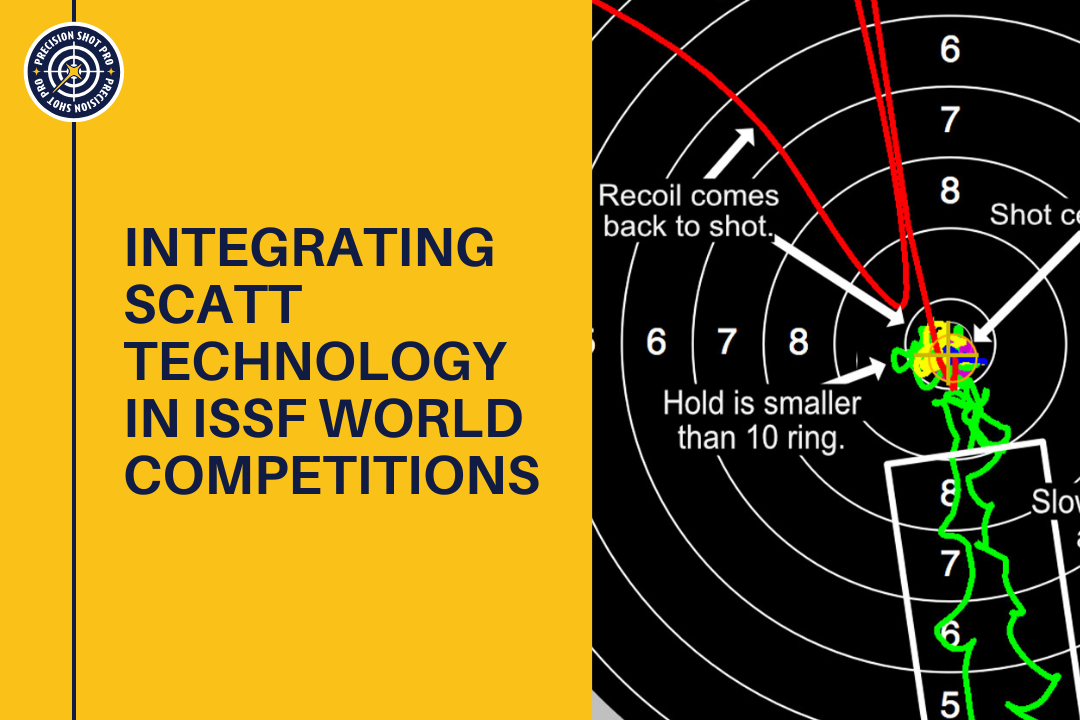The International Shooting Sport Federation (ISSF) has been exploring innovative ways to enhance the spectator experience and provide shooters with advanced training tools. One such innovation is the integration of the SCATT system - an optoelectronic training device - into live competitions. This integration was trialed during the 2025 ISSF Junior World Cup in Suhl, Germany, marking a significant step in the evolution of competitive shooting.
What is SCATT?
SCATT is a training system that uses optical sensors to track the movement of a shooter's firearm during aiming and firing. The system provides detailed feedback on various aspects of shooting technique, including aiming stability, trigger control, and shot execution. SCATT systems are compatible with both dry-fire and live-fire training sessions, making them adaptable to different training environments.
SCATT at the 2025 ISSF Junior World Cup
During the 2025 Junior World Cup, the ISSF conducted a trial run integrating SCATT technology into the 10m Air Pistol finals. Shooters were equipped with wireless SCATT MX-W2 devices mounted on their pistols, allowing real-time data to be displayed for spectators. This initiative aimed to enhance viewer engagement by providing insights into the shooter's performance metrics during the competition.
Pros of SCATT Integration in Competitions
1. Enhanced Spectator Engagement
By displaying real-time data on shooter's aiming patterns, SCATT technology offers spectators a deeper understanding of the complexities involved in precision shooting.
2. Educational Value
The integration of SCATT data into broadcasts serves an educational purpose, helping viewers appreciate the nuances of shooting technique and the factors influencing performance. This can foster a greater appreciation for the sport and its athletes.
3. Real-Time Performance Analysis
For coaches and analysis, the availability of real-time data allows for immediate assessment of a shooter's performance. This can facilitate more effective coaching and provide valuable insights for post-competition analysis.
Consideration and Challenges
While the integration of SCATT technology offers several benefits, there are considerations to be mindful of:
- Technical Reliability: The accuracy and reliability of real-time data transmission are crucial. Any technical issues could lead to misinterpretation of a shooter's performance, and viewer disinterest.
- Athlete Distraction: The presence of additional equipment and the potential for data display during competition may distract athletes, potentially affecting their performance.
- Regulatory Approval: The use of SCATT technology in official competition requires approval from relevant governing bodies to ensure compliance with established rules and standards.
Conclusion
The trial integration of SCATT technology at the 2025 ISSF Junior World Cup represents a forward-thinking approach to enhancing both athlete performance and spectator engagement. While there are considerations to address, the potential benefits of this integration are significant. As technology continues to evolve, the synergy between innovation and tradition will undoubtedly shape the future of competitive shooting.

